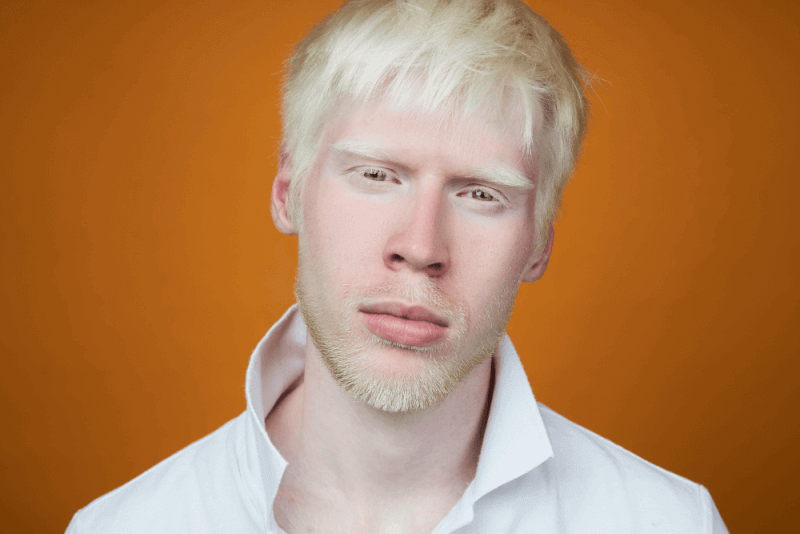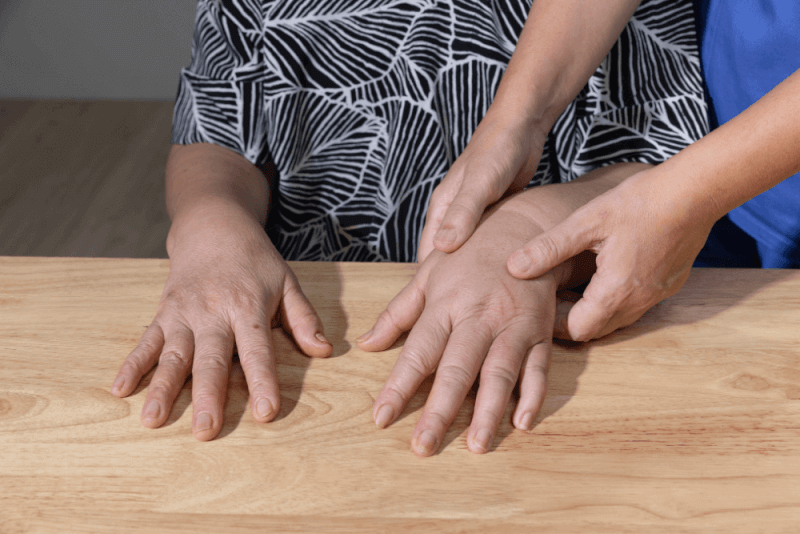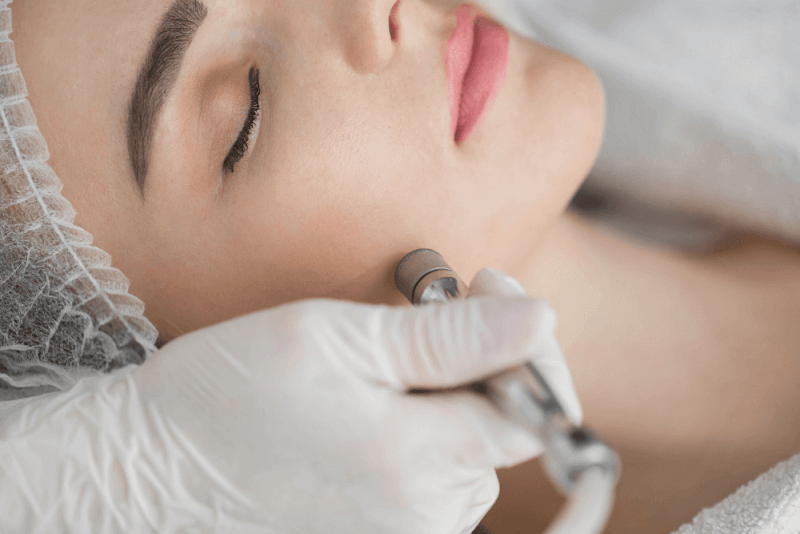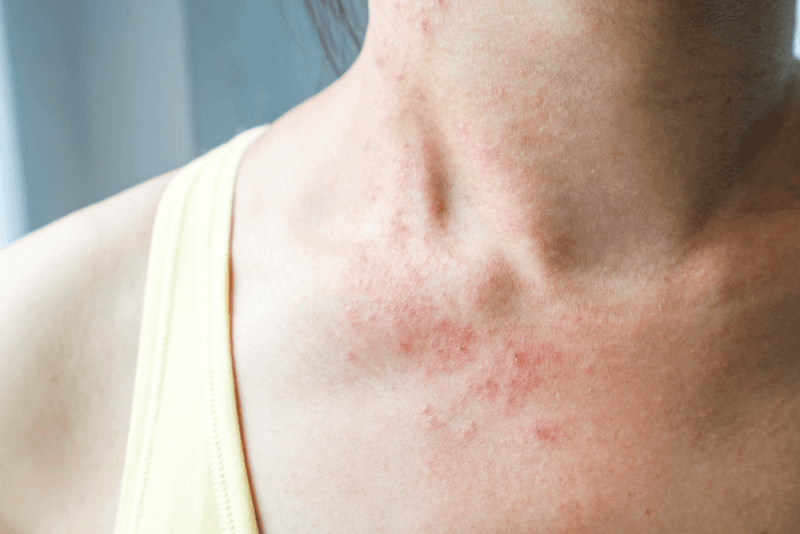Basically the eye. It is defined as having little or no color pigment in the skin and hair. Albinism, which occurs due to problems that prevent melanin production in the body, comes from the Latin word albus, white. Patients with the disease, called albinism or albinism in Turkish, are called albinism.
The most striking aspect of albinism is the lack of color in the skin, eyes or hair. However, this lack of color is not noticeable in every patient. They are also extremely sensitive to sunlight. For this reason, people with albinism are known to be more prone to skin cancer.
Melanin pigments are not only responsible for coloring tissues. They are also involved in visual function. For this reason, vision problems are common in albinism patients.
The number of genes involved in melanin production is more than one. For this reason, a gene mutation in any of the genes involved causes the disease to occur. They are also differentiated according to the type of gene affected.
Diagnostic criteria for albinism
In the diagnosis of albinism, color differences in the hair, eyes, eyelashes and skin of patients usually come to the fore. The general symptoms seen in albinism patients are as follows.
Skin
Albinism patients are best known for having a lighter skin tone than their siblings. Although albinism patients are generally known to have white skin, it is not possible to say that this is the case for all patients. Some patients may even have almost the same skin color as their siblings, parents or siblings. Especially in ocular albinism, skin symptoms are not prominent. In addition, tanned skin with age can also cause the skin symptoms of albinism to hide.
Ciller
The moles of albinism patients are usually pink or colorless. In addition, it is possible to see spots approximately the size of a lentil and resembling a skein in albinism patients.
Hair
Although albinism patients are known for their white hair color, this symptom does not manifest itself in the same way in every patient. The hair color of albinism patients can range from brown and yellow to white. In addition, it causes staining in the hair of patients throughout their lives and darkening of the hair color with the advancement of age.
Eye color
Albinism patients may have eye colors ranging from light blue to brown. In addition, eyebrow and eyelash colors are paler. In addition, due to the lack of melanin in the iris, which forms the colored part of the eyes, a half-count image is formed. This structure of the iris causes sunlight not to be fully blocked. More sunlight entering the eye than a normal individual results in reduced visual acuity. This situation causes patients with light eye color to see red in high light.
Visual impairment
One of the most important symptoms in albinism diagnosis is vision problems. Visual defects seen in albinism patients are as follows:
- Poor depth perception
- Astigmatism
- Farsightedness
- Nearsightedness
- Strabismus
- Inability of both eyes to move together
- Various head movements to reduce involuntary eye movements or to provide better vision,
- Rapid and involuntary movement of the eyes
- Abnormal crossing of optic nerve fibers. Hence the misdirection of the image
- Decreased visual acuity
- Photophobia
- Partial or complete loss of vision
Causes of albinism
Albinism is caused by a gene mutation. Mutations in genes responsible for the production or synthesis of melanin cause albinism disease. It is therefore a genetic disease. For some types of albinism to occur, patients must inherit the same mutated gene from both mother and father. For other types, however, a single pass is sufficient.
How is albinism treated?
Since albinism is caused by a gene mutation, it is not possible to recover completely. Therefore, in the treatment of albinism, patients are screened for precursor lesions of skin cancer and visual defects. Due to the many aspects of albinism, patients require the collaboration of dermatologists, ophthalmologists and geneticists.
Patients with eye problems should wear the prescribed glasses or lenses regularly. In addition, if patients have strabismus, this problem can be overcome with surgical methods.
Albinism patients should also have regular dermatology check-ups. The presence of lesions that may cause skin cancer is also evaluated during these controls. Because of these risks, people with albinism should be trained in certain self-care aspects from childhood onwards and should maintain these habits throughout their lives.
Use of sunscreen
Albinism patients are sensitive to UVA and UVB rays to normal skin colors. For this reason, they should constantly use sunscreen. Albinism patients should use sunscreens with a protection factor of at least 30.
Reducing sun exposure
It is not enough for albinism patients to use sunscreen alone. In addition, patients should not stay outside for a long time in sunny weather. They should not even go out on days with high UV radiation.
Wearing protective clothing
Albinism patients should use sunscreen to protect themselves from the sun’s rays, as well as physical protection. For this reason, they should wear long-sleeved clothes, pants and wide-brimmed hats when going out into the sunlight.
Eye protection
Albinism patients need to wear sunglasses at all times to prevent their eyes from being more affected by sunlight. In addition, lenses that darken bright light will also help protect the eyes.
In particular, teachers in schools and parents of children with albinism should work together to ensure greater participation in social life. Increasing the patient’s comfort will enable them to lead a more social life. Among the arrangements that can be made for children with albinism disease are the following:
- Giving children extra time during reading and writing activities
- Avoid the use of bright light when doing homework or reading
- Enlargement of fonts for children using computers
- Using high-contrast paper and text, such as black and white, instead of colored paper or text
- Use of books with large fonts
- Sitting in the front rows of the classroom
It can be challenging for albinism patients to participate in normal life. Although they do not have any problems in terms of academic success, they may face some difficulties in finding a job and obtaining a driver’s license. In addition, since they are sensitive to the sun, sunburns increase the risk of cancer. In addition to all these, the different appearance of the patients causes some psychological problems. In this case, it is necessary to seek help from specialists and support patients, especially in terms of self-confidence.
Albinism types
More than one gene is involved in the development of albinism. For this reason, albinism is divided into various types according to the affected gene.
Oculocutaneous albinism
ç
With a mutation in the OCA genes, patients can still produce melanin. However, this mutation causes the amount of melanin to be synthesized in different ways. In addition, since there are 7 different genes involved, the symptoms seen in patients also vary. Oculocutaneous albinism can also cause vision problems.
Ocular Albinism
Ocular albinism only affects the eyes. For this reason, it causes patients to experience vision problems. The most common type of ocular albinism is Type 1, which is carried by the X chromosome and the gene from the mother is sufficient for the disease to occur. But it is a rare species.
Hermansky-Pudlak Syndrome
The gene mutation that causes melanin deficiency in Hermansky-Pudlak Syndrome patients also causes different problems, from lung and intestinal problems to bleeding problems.
Chediak-Higashi Syndrome
In Chediak-Higashi Syndrome, the gene mutation affects the immune system as well as melanin synthesis and causes neurological problems.










